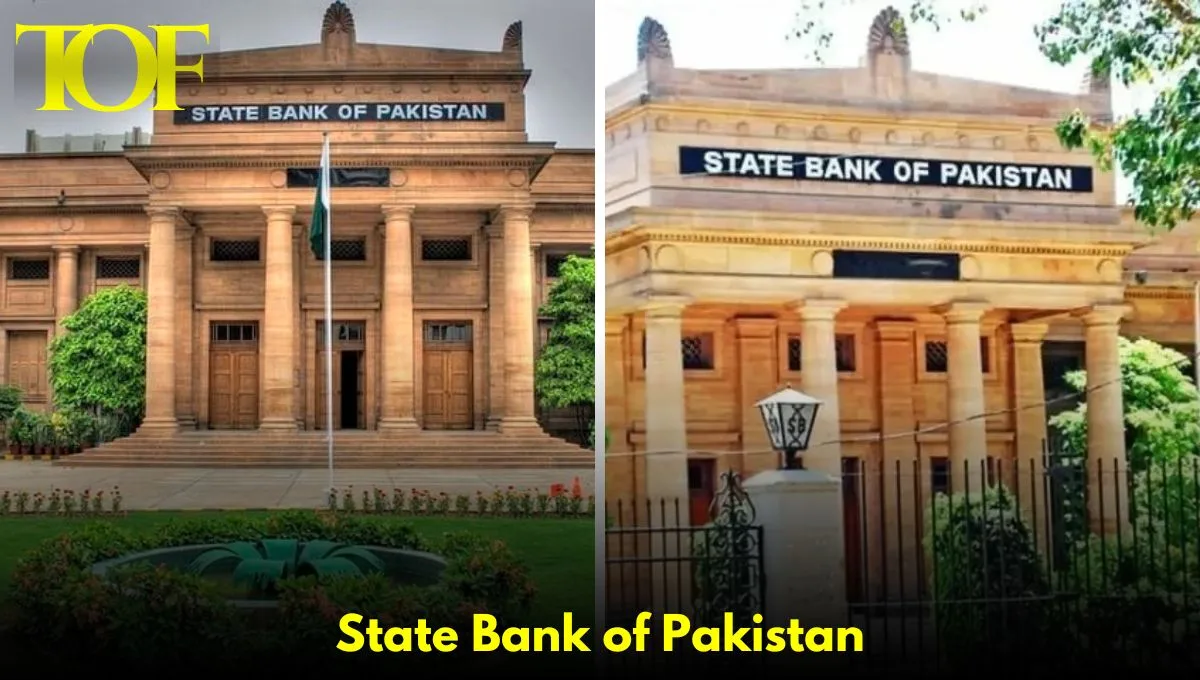The State Bank of Pakistan has posted a sharp rise in Workers Remittances from Pakistan’s overseas workforce, increasing to $3.052 billion in October 2024 compared to $2.463 billion in the same period last year, at 23.91 percent. The sharp rise highlights a positive trend for the country’s foreign exchange reserves, underscoring the crucial role that remittances play in supporting Pakistan’s economy.
Every month, remittances surged by 6.73%, surging from $2.86 billion in September. The cumulative inflows of remittances during the first four months of FY25 increased considerably to $11.848 billion compared to the sum of $8.794 billion for the same period in FY24.
The percentage share of remittances by the contributing countries was headed by Saudi Arabia with $766.67 million in October, which had gone up by 24.3% from the same period a year ago. The United Arab Emirates took the second position, remitting $620.91 million, which had gone up an impressive 31% year on year (YoY).
Remittances from Pakistanis working in the United Kingdom were at $429.49 million, having risen by 30% YoY. Inflows from EU countries contributed $359.06 million, an increase of 5.7% from last October. Other GCC countries sent $320.16 million, which reflected a 20.7% YoY growth.
Workers’ remittances continue to be an important source of foreign exchange for Pakistan, significantly supporting the country’s trade and income deficit. Such inflows are essential to stability in Pakistan’s economy since they fund initiatives toward development, mainly keeping families whose members work abroad in the country.
Remittances are a vital part of the economies of many countries today. According to World Bank economist Dilip Ratha, for many developing countries, remittances are a lifeline that, in turn, boosts the growth and stability of their economies.
To Read More: Business

